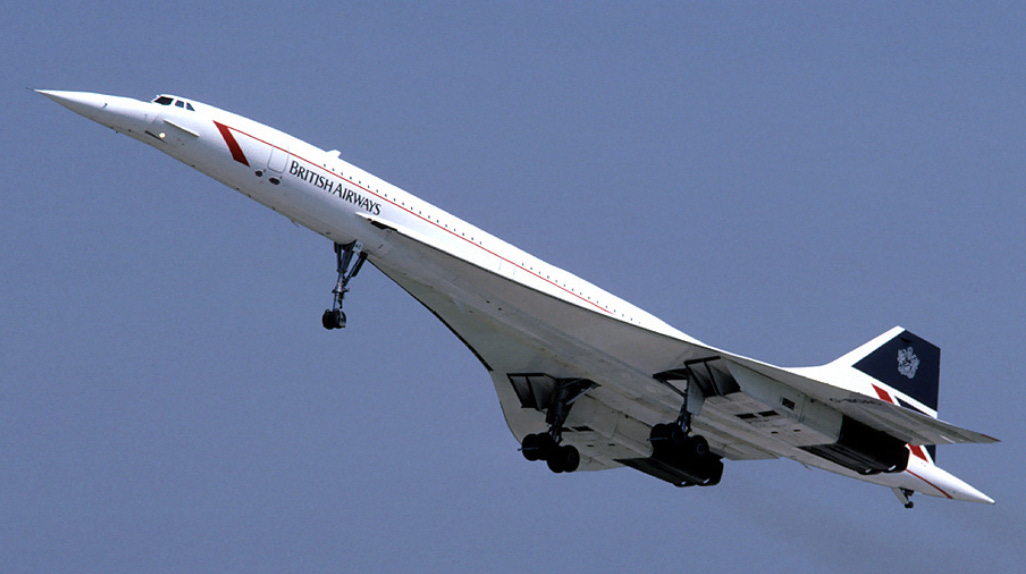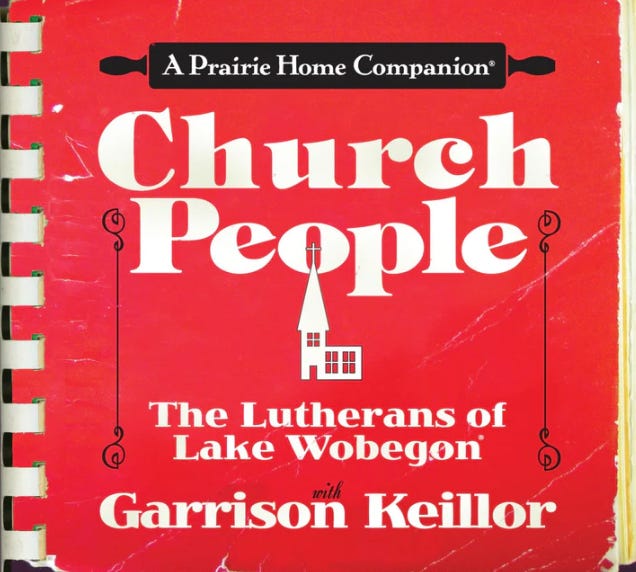“Gravy” from All of Us: the Collected Poems by Raymond Carver. Copyright © 1996 by Tess Gallagher.
ORIGINAL TEXT AND AUDIO - 2017
The Concorde crashed outside Paris on this date in 2000, killing all 109 people aboard. Four people on the ground were also killed when the jet crashed into a small hotel and restaurant. Shortly after take-off, one of the tires burst, and the debris struck a fuel tank, which ruptured and burst into flames.
The Concorde was the world's first supersonic commercial passenger plane. Its first flight was on March 2, 1969, and it traveled twice the speed of sound. It cost so much to develop that it never made any money. It made its maiden transatlantic flight in September 1973, and at first it was only flown on two routes: from London to Bahrain, by British Airways; and from Paris to Rio de Janeiro, by Air France. Regular service to Washington, D.C., was added in 1976, and to New York in 1977. It was noisy and expensive to operate, and eventually all routes were cut except to and from New York. Both airlines stopped flying the Concorde altogether in 2003.
Today is the anniversary of the first successful demonstration of a commercial electric telegraph in 1837. The technology had arisen slowly as an offshoot of experiments with electricity. Scientists had proven in 1746 that electrical current traveled quickly; the first suggestion to use it as a means of communication had been made in 1753, in an anonymous letter to Scots Magazine. Early attempts weren't very encouraging; they were too dependent on weather conditions, too easily disrupted, and couldn't go very far. Some worked but just weren't practical, including a German design that used separate wires for each letter of the alphabet and numeral. The wires were submerged in glass tubes filled with acid, and the receiver had to watch the tubes and record the letters as the tubes bubbled. Another design worked over longer distances, but it was slow, transmitting two letters per minute.
British inventors Sir William Fothergill Cooke and Charles Wheatstone developed a telegraph to be used as an alarm system. It had six wires and five needle pointers, which pointed at the letters on a plate. They first demonstrated it successfully on this date in 1837, between Euston and Camden Town in London. Two years later, the Great Western Railway put it into use over a 13-mile stretch from Paddington Station to West Drayton. Six years after that, their electrical telegraph helped catch a murderer who had escaped on a train.
It was on this day in 1897 that 21-year-old novelist Jack London sailed from San Francisco, on his way to the Klondike to search for gold. He was on board the SS Umatilla with his brother-in-law, James Shepard, who was close to 70 years old. Shepard and his wife, Eliza, who was London's sister, mortgaged their house to afford the passage and gear for the two men. They had a smooth eight-day trip from San Francisco to Juneau, Alaska, and then took boats to Dyea Beach, the start of the Chilkoot Trail. The Chilkoot Trail was a difficult 33-mile journey through the Chilkoot Pass, but it was the most direct route from the coast of Alaska to the Yukon. When Shepard saw the Chilkoot Pass, he realized that there was no way he would make it. He gave all his gear to London and went home to California.
The Chilkoot Trail was brutal. The trail rose a thousand feet in the last half mile, and men had to carry all their gear on their backs because it was too steep for animals. Prospectors climbed in one single-file line. If anyone faltered and got out of line, they were not let back in. So many men were unable to survive in the Klondike that the Canadian Mounted Police mandated that all prospectors bring one ton of supplies, the minimum for a year there. So London had to climb up the Chilkoot Pass over and over, with 100-pound loads each time.
Once London made it over Chilkoot Pass, he was in Canada. From there, it was 500 miles to Dawson City, the outpost of the gold rush. After hiking through a frigid marsh up to his knees, London arrived at Lake Lindemann, the beginning of a web of rivers and lakes that would eventually lead to Dawson City. London reached Dawson City just as the Arctic winter was setting in. London came down with scurvy due to the lack of fresh vegetables, and was forced to head back to the ocean. He was not alone in turning back. Of the 100,000 potential prospectors who set out for Dawson, only about 30 percent made it, and of those, about 4,000 actually found gold.
London returned to San Francisco sick and depressed, but he started writing about his adventures in the Yukon. The Atlantic Monthly accepted his story "An Odyssey of the North," in which he wrote: "On the bottom there was a cabin, built by some man, of logs which he had cast down from above. It was a very old cabin, for men had died there alone at different times, and on pieces of birch bark which were there we read their last words and their curses. One had died of scurvy; another's partner had robbed him of his last grub and powder and stolen away; a third had been mauled by a baldface grizzly; a fourth had hunted for game and starved — and so it went, and they had been loath to leave the gold, and had died by the side of it in one way or another. And the worthless gold they had gathered yellowed the floor of the cabin like in a dream." In the year 1899, London published more than 50 pieces — poems, essays, and stories. Early in 1900, he published his first book, Son of the Wolf, a collection of short stories based on his adventures in the Klondike, and that led to his book The Call of the Wild (1903), which made his career.
Be well, do good work, and keep in touch.®
Check out our collection of sketches from the land of the Lutherans - CHURCH PEOPLE.






My kids read books and do not listen to CDs.
Is there a "Church People" publication? I am trying to find something to take the edge off my children's hate of Christianity.